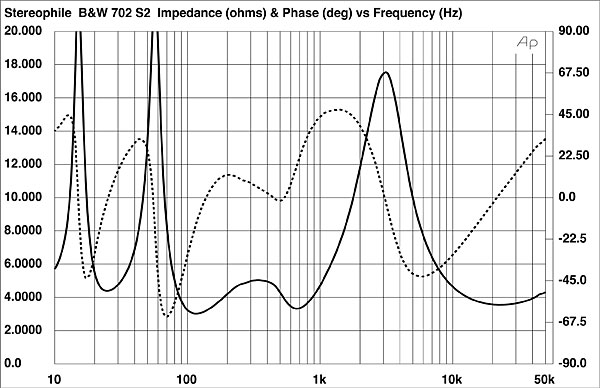Yes, because those tests were done for short duration only, "continuous" often meant using continuous sine wave for the test, not literally continuous.
No it doesn't because you must know that already that how much power you actually need depends on many factor, including but not limited to the following:
- distance
- listening habit, such as how loud, genres of the music, room acoustic characteristics
- speaker's sensitivity, impedance and phase angle vs frequency characteristics.
Using spl calculator can give you the ball park very quickly if you drop the B&W's specified 90 dB/2.83V/m to say 86 dB, to allow for the worse case scenario. For example, if you enter the data properly, it will show that you can get about 95-96 dB spl. That is quite loud but nowhere near reference level (105 dB peak). That's when you listening habit become important. If you want to listen to reference level from 10 ft, you will need more than 600 WPC.
For the B&W 702 S2 though, you luck out, thanks to Stereophile:
Base on those graphs, with or without a sub won't make much of a difference unless you set crossover very high to around 100 to 150 Hz that I don't think you want to do.
Setting it to 80 Hz will still leave the tough part of impedance below 4 ohm and some tough phase angles.
Or you cut all the craps, forget about any calculations, and just go with B&W's website info on recommended amplifier power:
The 702 S2 tower speakers feature three dedicated Aerofoil bass drivers, a Continuum cone, and a solid body tweeter for goosebump-inducing audio.

www.bowerswilkins.com
| Recommended amplifier power | 30W - 300W into 8Ω on unclipped programme |
That means, forget about AVRs, go with the Cinema 50, or the AVR-X3800H and use them as preamp/processor, pair with buckeye's Hypex NC502MP based power amps. Then you know for sure you have enough "power" for the 702 S2.


